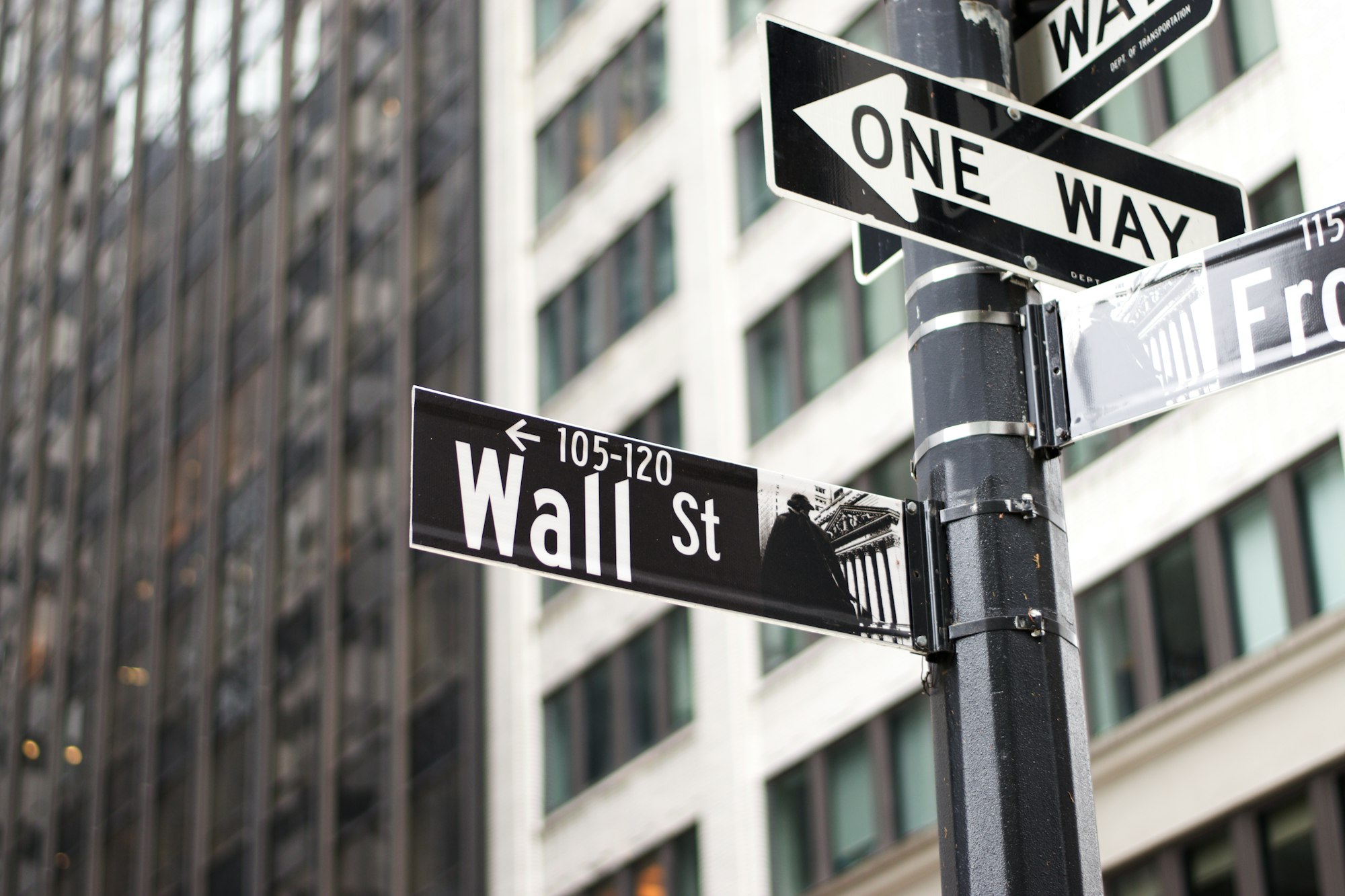On Wednesday, the spread between the 2-year Treasury yield and the 10-year Treasury yield increased to its highest point since 2000. The spread increased following the U.S.' consumer price index release which reported an inflation of 9.1% year-on-year in June.
- That represented the fastest rate of inflation since November 1981 and was significantly higher than projections of 8.8%
- The news increased concerns about the Fed's potential for even stricter monetary policy, traders now anticipate that the Fed could raise rates by a full percentage point at its next July meeting
Inverted yield curves indicate that bond investors anticipate a drop in longer-term interest rates, which is seen as a reliable predictor of a recession.
- When short-term debt instruments with the same credit risk profile have greater yields than long-term instruments, the yield curve is inverted
- Some investors and economists usually want the inversion to persist for a considerable amount of time before concluding that it portends a recession
U.S. Banks Reporting Mixed Results
Major banks' earnings on Thursday provided additional insights into the state of the U.S. economy amid concerns that a recession is approaching. J.P. Morgan and Morgan Stanley are among the banks which have reported earnings.
- J.P. Morgan increased bad loan reserves and stopped share buybacks, indicating a more cautious outlook for the economy. According to CEO Jamie Dimon, the economy could suffer from rising inflation, geopolitical unrest, and waning consumer confidence
- Morgan Stanley announced worser than anticipated investment banking revenue in stark contrast to the transactions and IPO boom that fueled results last year
“If the banks are a barometer of the whole economy as well as what we’re likely to get from other earnings reports going forward, it’s going to be an ugly quarter," Sam Stovall, chief investment strategist at CFRA
The importance of the yield curve inversion can be illustrated by its impact on banks. Banks usually lend long and borrow short, as the yield curve inverses, the spread narrows leaving banks with slimmer profit margins. If banks can't turn a profit, lending slows and the economy contracts as a result.
The Door Is Open For The Fed To Raise Rates By 1% At Its Next July Meeting
The consumer price index of 9.1%, opened the door for a significant Fed rate increase later in July, sparking talk of a hike of as much as 100 basis points.
- If the Fed chooses the 100 basis point path, it would be the largest monthly hike since the early 1980s, when the Fed was attempting to rein in spiraling inflation
- More data on retail sales, housing starts and building permits will give more colour on what course the Fed will take at its next July meeting
“The takeaway for investors is that Fed policy remains data-dependent and the central bank will continue on an aggressive tightening path until inflationary pressures peak decisively,” by BCA Research in a note to clients.
Disclaimer
Please note that this article does not constitute investment advice in any form. This article is not a research report and is not intended to serve as the basis for any investment decision. All investments involve risk and the past performance of a security or financial product does not guarantee future returns. Investors have to conduct their own research before conducting any transaction. There is always the risk of losing parts or all of your money when you invest in securities or other financial products.
Credits
Photo by Chenyu Guan on Unsplash






